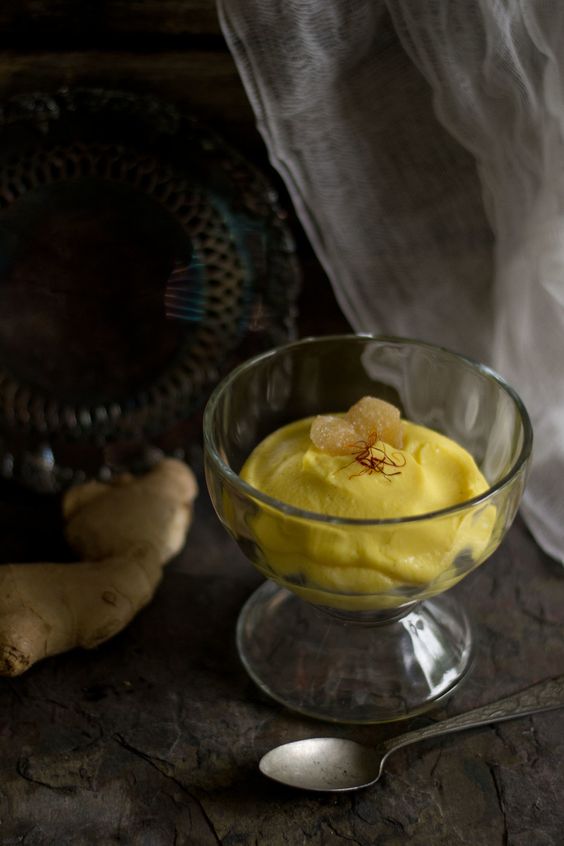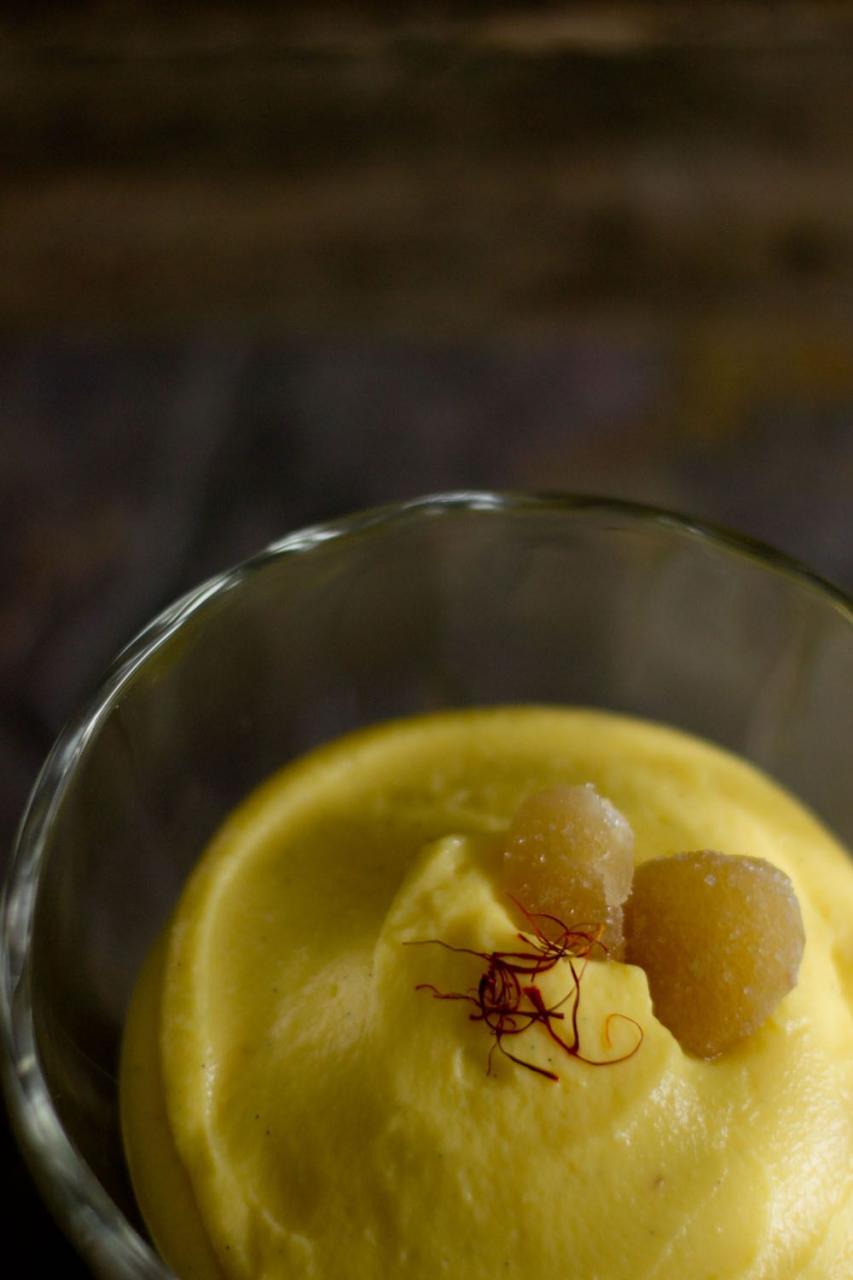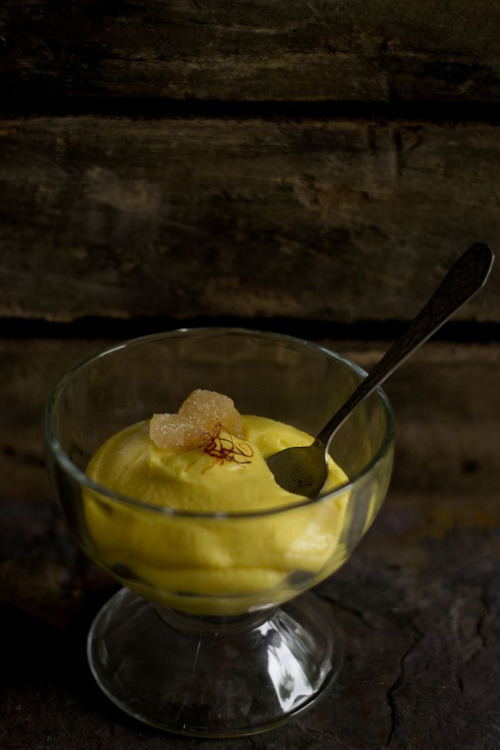
Our trip to Spain in November 2010 was our first time in Europe, and though we have been on many vacations since, it is still my favorite. We stayed two weeks, starting and ending in Madrid. Hopping from hostel to hostel, we made our way south, stayed overnight in a Moroccan riad, then ventured north again.
We had planned to visit the Pueblos Blancos (White Towns) of Andalusia, but in order to do so, I would have needed to rent a car and drive. Stick shift. I had had one terrifying lesson in my friend Andrea’s Mini Cooper and another with my brother-in-law that was only moderately successful. As we rode in a bus along the Spanish highway, I became increasingly less confident in my ability to not kill us in a fiery car crash. That evening, I made an impromptu schedule change and rerouted our trip to Cádiz, a coastal city in the south of Spain that can be reached by train, thankyouverymuch.
We arrived early in the morning, and the town felt pretty abandoned. It was one of the warmer cities we visited, but it was fall, so the beaches were all but empty. Fortunately, that allowed us to take in the beauty of the landscape sans the scantily clad swarms of tourists.
As the sun rose in the sky, we strolled along a stone causeway toward the Castle of San Sebastián. Phillip ventured down onto the mossy rocks to look for ocean creatures. I snapped photos of the Spanish fishermen and their colorful wooden boats that disappeared out into the mist.
In the afternoon, we stopped for our first (and only) meal of authentic Spanish paella. We had so many wonderful dining experiences in Spain, but I remember this being the most relaxed. Ordering food in another country can be stressful, but our waitress seemed to understand our broken Spanish without a hitch. We ordered dos cervezas, por favor and sat outside in the plaza, with La Catedral de Cádiz towering over us as we shared our meal. It may have been the most peaceful moment of my life. That may just been the Spanish beer talking, though.

When I think of saffron, this the experience that comes to mind. So obviously, I have very fond feelings for it! I also love earthy flavors, and saffron has that in spades. I mean it as a compliment when I say saffron tastes like dirt (I also say this about beets, and I love beets). I have been wanting to use saffron in a dessert for a long time, and I finally got the nerve to experiment with the expensive spice.
Luckily for me, everything went as planned, so I didn’t end up wasting a bunch of saffron! I paired it with some ginger and vanilla beans, but saffron is the primary flavor here. The pudding also isn’t sickeningly sweet like commercially prepared puddings. I like my pudding really thick, but you can control the consistency by cooking it for a shorter or longer period of time. I hope it brings you as much peace as a sunny fall day in Cádiz.

Saffron Ginger Pudding
yield: 4-6 servings
adapted from Joy of Baking
3 cups (730 grams) plus ½ cup (120 grams) whole milk
½ teaspoon (about 2 pinches) saffron threads
2-inch piece of ginger, peeled and thinly sliced
1 vanilla bean
¼ cup (50 grams) plus ⅓ cup (65 grams) granulated sugar
2 eggs
1 egg yolk
pinch of salt
¼ cup (30 grams) cornstarch
1 tbsp butter
Place 3 cups (730 grams) milk, saffron, and ginger pieces in a large saucepan. Split vanilla bean down the middle and scrape seeds into milk. Throw vanilla bean pod into the milk. Bring to a simmer over medium heat, stirring often, then remove from heat. Cover and let steep for 45 minutes. Pour mixture through a strainer into a large bowl. Discard saffron, ginger, and vanilla bean pod. Return milk to saucepan over medium heat, add ¼ cup (50 grams) sugar, and bring to a boil.
Meanwhile, in a large bowl, whisk together eggs, egg yolk, remaining ⅓ cup (65 grams) sugar, salt, cornstarch, and remaining ½ cup (120 grams) milk. When milk mixture starts to boil, remove it from the stove and slowly pour into the egg mixture, whisking constantly with your opposite hand. (This method is called tempering, and the slow addition of the hot ingredients to the eggs should prevent them from scrambling.) Pour back into saucepan and return to the stove over medium-low heat. Stir until pudding is thickened, at least until it coats the back of a wooden spoon. Cook longer if you prefer a thicker pudding. Keep in mind that the pudding will thicken slightly when it cools.
Transfer pudding to a large bowl and stir in butter. (If your pudding is lumpy because some of your eggs scrambled in the tempering process, press the pudding through a fine mesh sieve.) Press plastic wrap onto the surface of the pudding to prevent a skin from forming. Cool to room temperature. If you like your pudding cold, transfer it to the refrigerator once it reaches room temperature. When fully cooled, scoop into bowls or parfait glasses and serve.
Source: siftandwhisk.com (defunct blog)



























